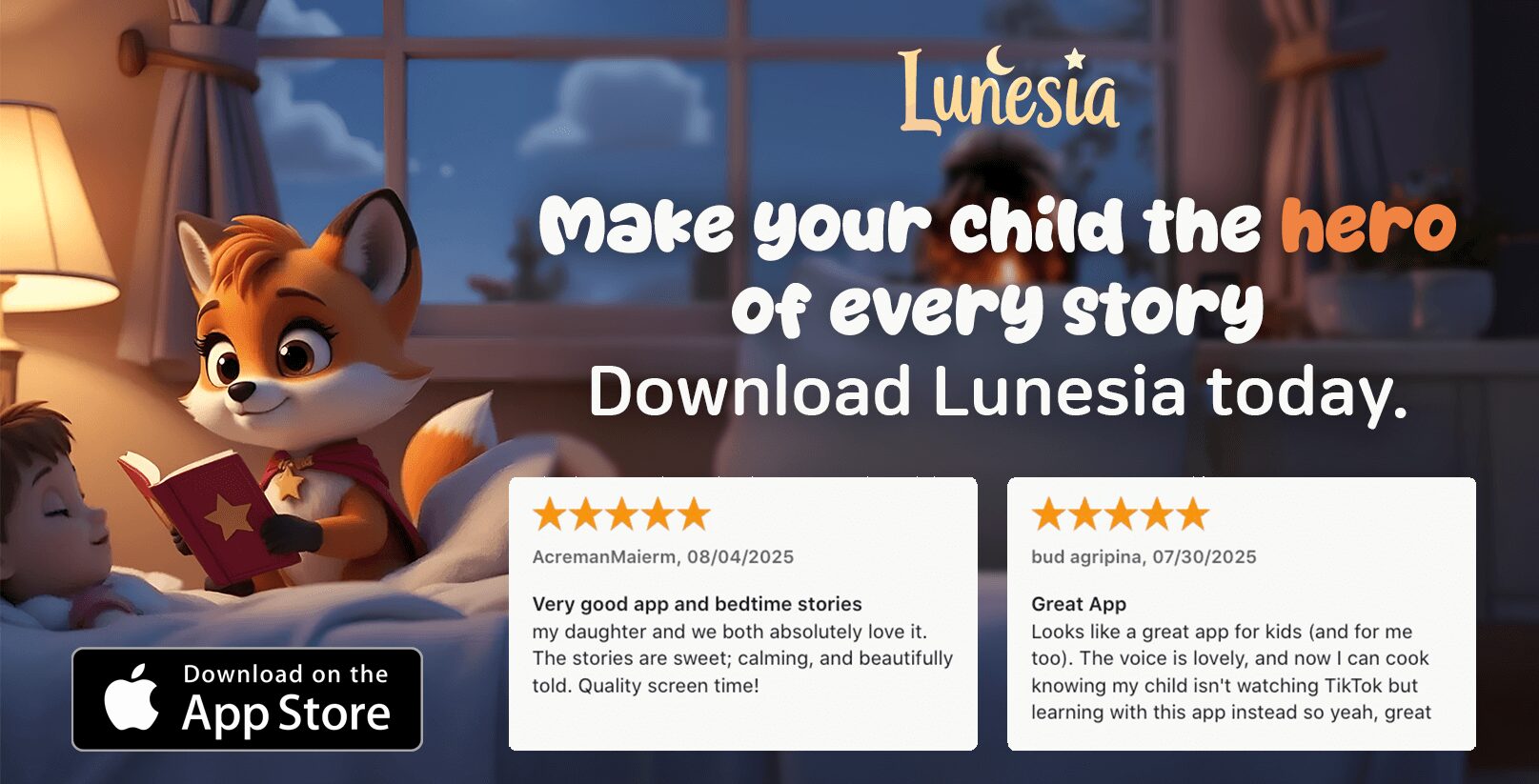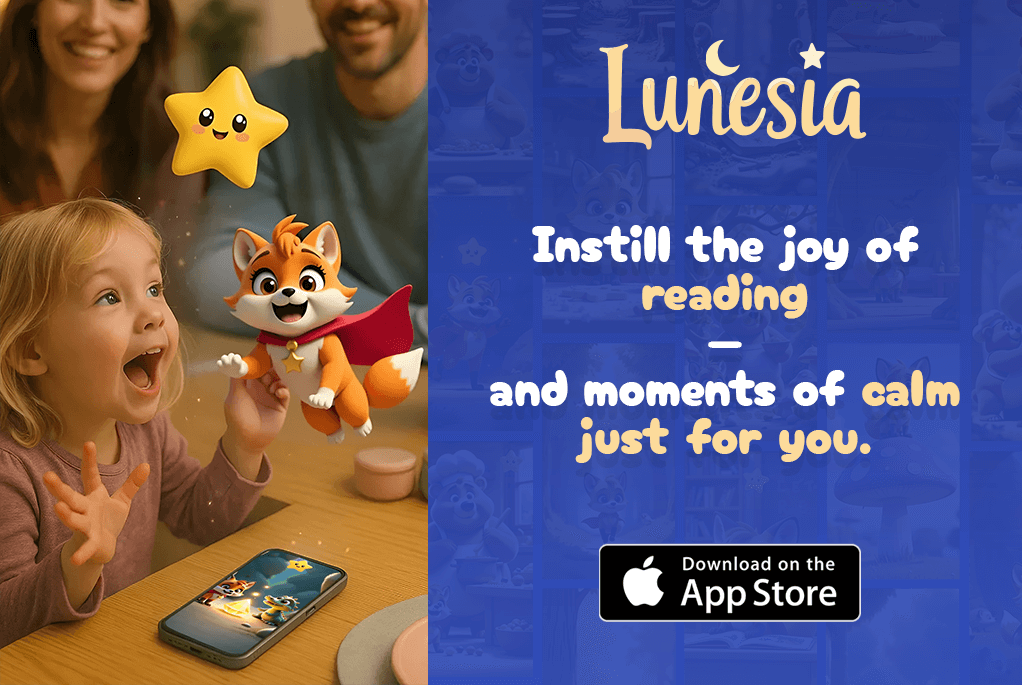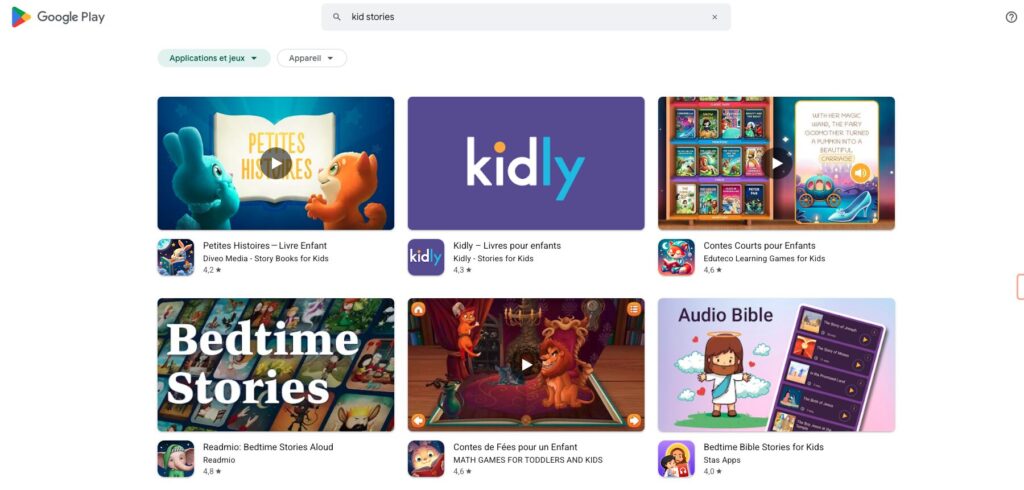I remember the first time I saw my child light up while reading a book. It wasn’t just the words on the page—it was the way the stories made them feel seen. For many children, especially those who are naturally reserved, books can be a bridge to self-expression and confidence.

One of my favorite books, *When No One is Watching*, beautifully captures how a quiet child can navigate the world without losing their unique essence. It’s a reminder that growth doesn’t mean changing who they are. Instead, it’s about embracing their quiet strengths and finding their voice in their own time.
Through books, children can explore themes like friendship and kindness in a safe space. They relate to characters who mirror their experiences, and these narratives normalize feelings of social anxiety. It’s a gentle way to show them they’re not alone.
If you’re looking for ways to support your child, consider how stories can be a tool for growth. Let’s celebrate their journey, one page at a time.
The Power of Storytelling for Shy Kids
Every child has a unique way of navigating the world, and for some, it’s through the pages of a book. For those who feel hesitant in social situations, stories can be a bridge to understanding themselves and others. They offer a safe space to explore emotions and build confidence.
Why Stories Resonate with Quiet Children
Quiet children often see themselves in characters who struggle to speak up, like Willow from *Willow’s Whispers*. These narratives mirror their internal emotions, helping them feel understood. Books become a safe mirror, reflecting their experiences without judgment.
Stories also introduce the concept of “body language shouting,” where actions speak louder than words. This idea, from John’s elf story, shows children that communication isn’t just about speaking—it’s about expressing themselves in their own way.
How Narratives Foster Emotional Safety
Books like *The Invisible Boy* validate feelings of being overlooked. They reassure children that their emotions are normal and that they’re not alone. Reading together as a family creates bonding moments, lowering social pressure and fostering a sense of security.
Think of books as “practice playgrounds” for real-world interactions. They allow children to explore scenarios like making a friend or navigating school in a low-stakes environment. Animal characters, such as Buster from *Buster: The Very Shy Dog*, make these stories less intimidating.
If you’re looking for ways to support your child, consider exploring children’s books about shyness. These stories can be a gentle yet powerful tool for growth, helping them find their voice in their own time.
Best Children’s Books to Build Confidence
Books have a magical way of unlocking a child’s inner world, especially for those who are naturally reserved. The right story can help them find voice and feel more comfortable in social settings. Whether it’s through vibrant illustrations or relatable characters, these books can be powerful tools for growth.

Picture Books for Younger Kids (Ages 3-7)
For younger children, picture books like *Stand Tall, Molly Lou Melon* teach self-acceptance through engaging visuals. *Willow’s Whispers* is another gem, showing how even the quietest voices can be heard. These stories are perfect for helping little ones navigate situations like show tell or making a new friend.
Chapter Books for Older Children (Ages 7-12)
Older children often connect with chapter books that tackle deeper themes. *The Invisible Boy* addresses the struggles of feeling overlooked, while *Maya’s Voice* explores selective mutism. These stories help kids make friends and feel more confident in school settings.
Stories That Normalize Shyness Without Pressure
Books like *Little Miss Shy* use humor to address social phobia, making it easier for children to relate. *Jonathan James and the Whatif Monster* reframes anxiety in a way that’s both relatable and empowering. For a unique twist, *Shy Willow*’s surreal mailbox setting sparks meaningful parent-child conversations.
If you’re looking for more ideas, check out our guide on how to tell bedtime story. These books are more than just reading material—they’re stepping stones to confidence and connection.
Real-Life Success Stories: From Shyness to Shining
One day, a quiet boy named John discovered a magical elf that changed his life. This elf taught him that body language speaks louder than words. Through a metaphor of “magic droplets,” John learned to build self-awareness and form meaningful friendships.
John’s breakthrough came at his birthday party. He noticed another boy feeling left out and decided to help. This small act of kindness boosted his confidence and showed him the power of connection.
Case Study: John and the Magic Elf
John’s story is a testament to how small moments can lead to big changes. The elf’s lessons helped him understand that actions matter just as much as words. This realization made him feel more secure in social settings.
By focusing on team activities, John learned to express himself without fear. His journey inspires other children to embrace their quiet strengths and find their voice.
How Teachers Use Storytelling in the Classroom
Teachers play a vital role in helping children feel more confident. One effective technique is role-playing scenes from books like *Ruby Finds a Worry*. This allows children to practice social skills in a safe environment.
“What If” games, inspired by *Jonathan James*, help reduce anxiety. These activities encourage children to think creatively and build resilience. Another approach is creating “friendship maps” based on *The Orangutan Who Sang*.
Group activities where quiet children lead storytelling sessions also make a difference. These moments empower them to step into leadership roles and shine.
Overcoming Challenges with Creative Techniques
Helping children face their fears doesn’t always require big steps—small, creative ideas can make a huge difference. By turning challenges into playful activities, you can help them build confidence and reduce anxiety in a fun and engaging way.

Using “What If” Games to Reduce Anxiety
“What If” games are a powerful tool to help children reframe their fears. Inspired by *Jonathan James and the Whatif Monster*, these games encourage kids to flip negative scenarios into hopeful ones. For example, ask, “What if you were the hero of your own story?” This simple idea can help them feel more in control of their world.
These games also teach problem-solving skills. By imagining different outcomes, children learn to approach challenges with courage and creativity. It’s a gentle way to help them navigate their fears without feeling overwhelmed.
Role-Playing with Favorite Book Characters
Role-playing is another effective way to build confidence. Pretending to be characters like Molly Lou Melon or Halibut Jackson allows children to practice social skills in a safe environment. They can act out scenarios, such as making a new friend or standing up for themselves, without the pressure of real-life consequences.
This technique also helps them understand body language and non-verbal cues. By mimicking their favorite characters, they learn how to express themselves in ways that feel natural and comfortable.
Encouraging Kids to Create Their Own Stories
Encouraging children to write or tell their own stories can be a transformative experience. Using *Sophie’s Shell* as inspiration, they can create tales about their “safe spaces” or moments of bravery. This activity not only boosts creativity but also helps them process their emotions in a healthy way.
Family storytime is another great idea. Each member can add to a collaborative tale, making it a bonding experience. For added fun, try the “magic microphone” hack—whisper stories into a toy mic to build vocal confidence. Apps like Lunesia also allow kids to record their own audiobooks, giving them a sense of accomplishment.
By using these creative techniques, you can help your child face their fears with courage and find their voice in their own time.
Conclusion: Empowering Shy Kids One Story at a Time
Watching a child grow into their confidence is one of the most rewarding experiences. Stories like *The Invisible Boy* and John’s journey remind us that resilience and empathy can blossom in unexpected ways. These narratives help children navigate the world with courage and kindness.
Celebrate small wins, like a whispered “hello” to a new friend. These moments matter. They show progress and build self-assurance over time. Reading together as a family creates a safe space for emotional growth and connection.
Which book will you read first? Share in the comments! For more ideas, explore our guide on bedtime stories. Together, we can help every child shine.
FAQ
How can storytelling help my child overcome shyness?
Stories create a safe space for children to explore emotions and situations. By identifying with characters, they can practice social skills and build confidence in a low-pressure way.
What are some good books for shy children?
For younger kids, try *The Invisible Boy* by Trudy Ludwig. Older children might enjoy *Shy* by Deborah Freedman. Both books normalize shyness and show how kindness and courage can help.
Can storytelling help with school anxiety?
Absolutely! Using “what if” games or role-playing with favorite characters can help kids rehearse challenging situations, like making new friends or speaking up in class.
How can I encourage my child to create their own stories?
Start by asking open-ended questions like, “What would your superhero do?” Provide art supplies or a journal to let them express their ideas freely. Celebrate their creativity!
Are there specific techniques teachers use with shy students?
Many educators use group storytelling or assign roles in class plays. These activities help children find their voice while feeling supported by their peers.
How do I know if my child’s shyness is more than just a phase?
If shyness significantly impacts their daily life or causes distress, consider consulting a professional. Books and techniques can help, but extra support may be needed.
Can extroverted kids benefit from these storytelling methods too?
Yes! Storytelling fosters empathy and communication skills for all children, regardless of personality. It’s a great way to build teamwork and understanding.



